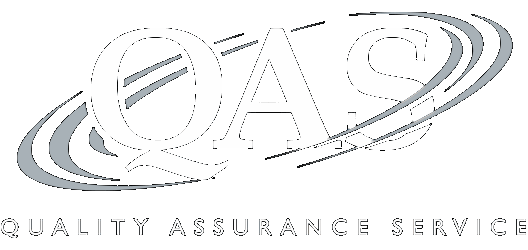Classifying Foreign Entity Structures for U.S. Taxation: U.S. Reporting Requirements
Identifying Canada, Switzerland, the United Kingdom, and Other Countries' Common Entity Types
Note: CLE credit is not offered on this program
Recording of a 110-minute CPE webinar with Q&A
This webinar will identify the most frequent foreign entity structures encountered by U.S. international tax practitioners and their U.S. reporting requirements. Our panel of astute foreign tax professionals will divulge how these structures correspond with U.S. entity reporting structures, how they are reported and taxed in the U.S., and when a check-the-box election could be relative and beneficial.
Outline
- Identifying and reporting foreign entities in the U.S.
- Why it matters
- Dividends and distributions
- Withholding
- Other considerations
- U.S. default classification rules
- Check-the-box elections
- U.S. Reporting requirements
- Other country entity types
- United Kingdom
- Canada
- Germany
- Australia and New Zealand
Benefits
The panel will cover these and other critical issues:
- How common Canadian entities are reported and taxed in the U.S.
- How a foreign entity's U.S. classification affects the taxation of distributions to its owners
- When a foreign entity is eligible for a check-the-box election
- How limited liability of owners affects U.S. tax status
Faculty

C. Edward (Ed) Kennedy, Jr., CPA, JD
Managing Director
C Edward Kennedy Jr
Mr. Kennedy has more than 42 years of experience dealing with a variety of international tax matters, specializing... | Read More
Mr. Kennedy has more than 42 years of experience dealing with a variety of international tax matters, specializing in tax consulting services to a wide variety of clients ranging from closely held companies to multi-national businesses. His expertise includes domestic and foreign income and social security tax planning, tax compliance for individuals and corporations, tax treatment of incentive compensation plans, international assignment program administration, and international assignment policy design. Mr. Kennedy has also served as the U.S. practice leader for international social security matters for a Big 4 accounting firm. He is a frequent speaker in the areas of international tax compliance and reporting obligations U.S. information reporting requirements for foreign assets and foreign entities, U.S. tax implications of foreign pension and social security plans, and U.S. income and social tax treaty planning. Mr. Kennedy is a member of the Texas Bar and is licensed as a certified accountant in Georgia and Texas. He has a B.A. from Furman University and a J.D. from Vanderbilt University School of Law.
Close
Patrick J. McCormick, J.D., LL.M.
Founder/Managing Partner
McCormick Tax
Mr. McCormick specializes in the areas of international taxation, tax compliance, and offshore reporting... | Read More
Mr. McCormick specializes in the areas of international taxation, tax compliance, and offshore reporting obligations. He published national articles and given numerous national and local presentations on assorted areas of tax and estate planning law, including international tax and offshore compliance issues. His latest article on PFICs is titled Tax Reporting Implications of Foreign Mutual Funds. He is licensed to practice in the States of New Jersey, Florida, and Georgia, and the Commonwealth of Pennsylvania.
CloseAccess Anytime, Anywhere
CPE credit is not available on downloads.
CPE On-Demand
